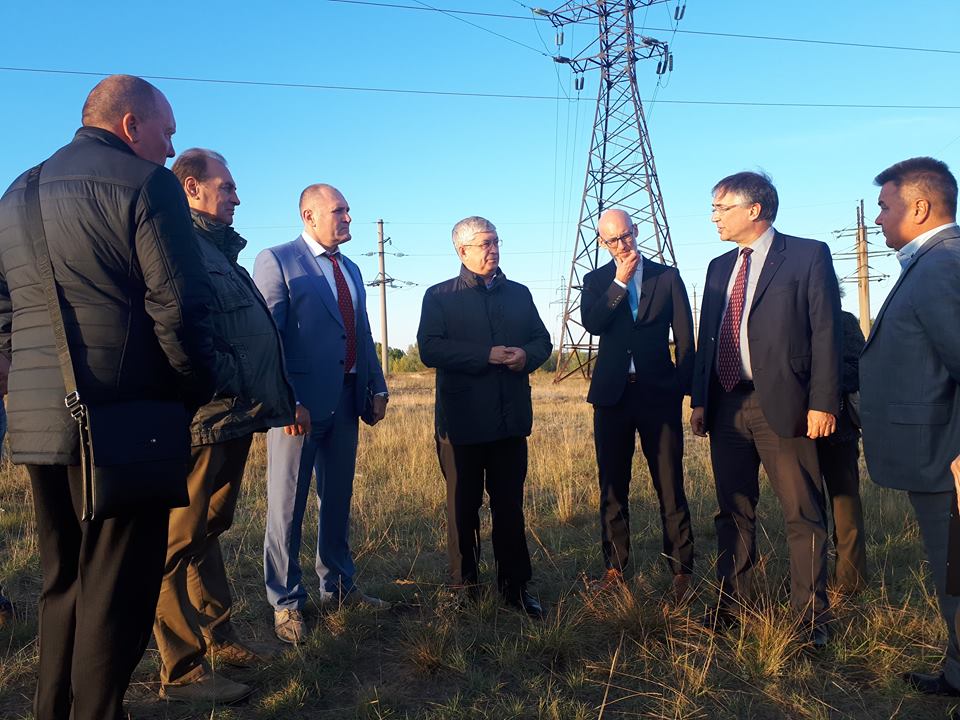Since the beginning of the war in Donbass with pro-Russia separatists and the annexation of Crimea by the Russian Federation in early 2014, the Ukrainian Government has insisted on the necessity of becoming energy independent from Russia and its gas, and betting on renewable energy development.
In the context of this difficult political and military situation, the government launched a generous FIT scheme in 2016 for large-scale projects, and a net metering scheme for residential and commercial PV, which are now bearing fruits. Indeed, the country is approaching around 1 GW of installed solar power. On the top of these two programs, the government also began implementing a 1.2 GW solar project at the area of Chernobyl’s nuclear disaster.
Its plans for solar and renewable energies, appear to have taken another, substantial, leap forward, following the announcement of a large-scale solar project in the town of Rubizhne located in the Donbass’ Lugansk Region, which together with the cities of Severodonetsk and Lysychansk, was reconquered by the Ukrainian military forces in July 2014, a few months after hostilities in the Ukraine’s easternmost region started.
According to an official press release from the Regional State Administration of the Lugansk Region, which controls the northern part of the region, Canadian investor, DAI Inc. is planning to build a 150 MW PV power plant near Rubizhne.
“A joint Canadian-Ukrainian group of specialists, which are directly involved in the development and implementation of the project have already visited the project’s site,” the regional government said in its statement. “The solar power plant will be able to provide 150 MW, which are critical for the energy security of our region,” added the governor of Lugansk, Hennadiy Ivanenko.
The regional government said the project is the result of the cooperation agreement signed by representatives of the Lugansk Regional State Administration and the director of the Department of Business of Canada commercial corporation, Jason Ghan, without providing further technical or financial details of the projected solar park.
It must be remembered that when Crimea was annexed to the Russian Federation, the latter also confiscated the peninsula’s solar power assets totaling 400 MW. Later in December 2015, Ukraine’s power grid also fell victim to a cyberattack, which left thousands of people without electricity for up to six hours in several regions. It is still unclear, however, if this cyberattack is linked to the ongoing conflicts with Russia.
This content is protected by copyright and may not be reused. If you want to cooperate with us and would like to reuse some of our content, please contact: editors@pv-magazine.com.




1 comment
By submitting this form you agree to pv magazine using your data for the purposes of publishing your comment.
Your personal data will only be disclosed or otherwise transmitted to third parties for the purposes of spam filtering or if this is necessary for technical maintenance of the website. Any other transfer to third parties will not take place unless this is justified on the basis of applicable data protection regulations or if pv magazine is legally obliged to do so.
You may revoke this consent at any time with effect for the future, in which case your personal data will be deleted immediately. Otherwise, your data will be deleted if pv magazine has processed your request or the purpose of data storage is fulfilled.
Further information on data privacy can be found in our Data Protection Policy.